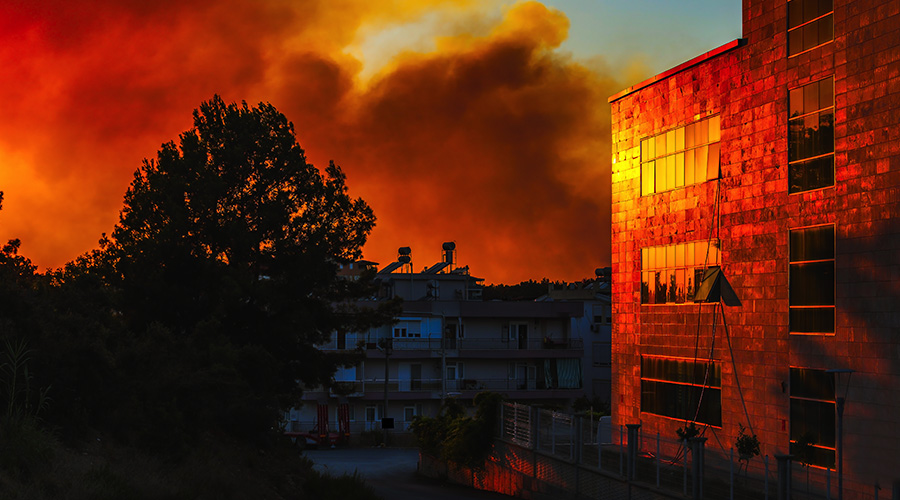Devising a Disaster Recovery Plan
After assessing risks to facilities, identifying critical systems and functions, and minimizing interruptions to those systems and functions as part of planning for disaster recovery, managers next must devise a plan to minimize the risks by protecting them in an emergency disaster.
Front-line maintenance technicians receive proper training and understand their roles in preparing the facility before, during and after an emergency. There will not be time for a staff meeting during the disaster.
Technicians come and go, technology changes, and facilities replace equipment. Because circumstances change, managers should review disaster plans annually or when key staff members move on. Thousands of dollars spent on a redundant system can be for nothing if the person responsible for switching it over does not understand his or her responsibilities.
The type and extent of damage to a facility depends on the type and severity of the disaster. But the time to recover depends entirely on the maintenance and engineering staff.
After a disaster, workers must carefully inspect the outside of the building for loose power lines, gas leaks, and structural damage. Some damage, such as a collapsed roof, is readily apparent. But other damage might not be as visible.
For example, the geographic area might be under a boil order, due to a water main break. A lift station might be without power. Downed power lines or fallen trees in the road might block vehicle access to the building.
Switchboards that have been in standing water must be cleaned and tested before energizing. Though electrical components might have dried, dirt or film on contacts eventually might cause them to fail, resulting in another shutdown. Technicians should megger test underground cables to ensure the integrity of their insulation. Departments can buy or rent small generators, as well as large generators that can serve the entire building, but large generators might require a lease to ensure they are available when needed.
Technicians should clean floor-mounted air-handling units and inspect such items as burners, fan motors, and filters. They also should inspect rooftop units for damage and missing components and make sure the units are still securely anchored to the roof curb. They should replace supply and return air filters and clean ductwork after the building is cleaned to ensure these components are not clogged and, more importantly, to ensure ducts are free of mold and contaminants.
Related Topics:













